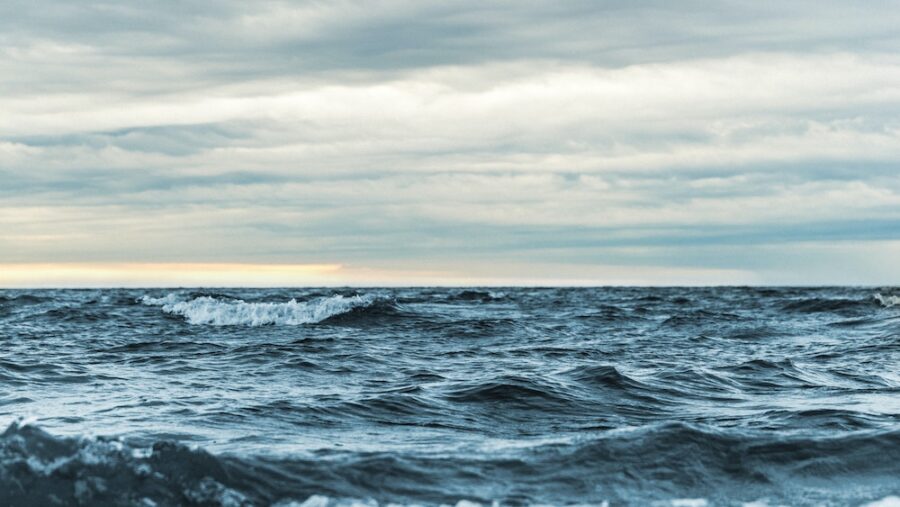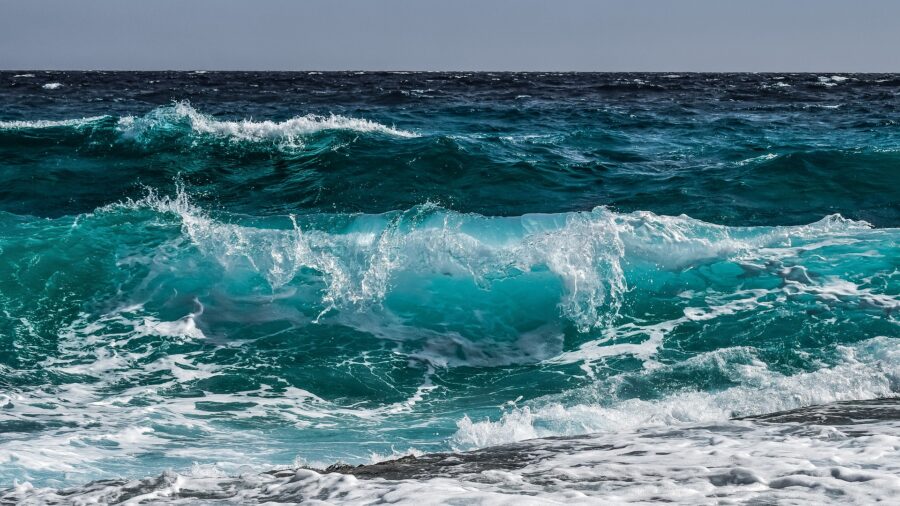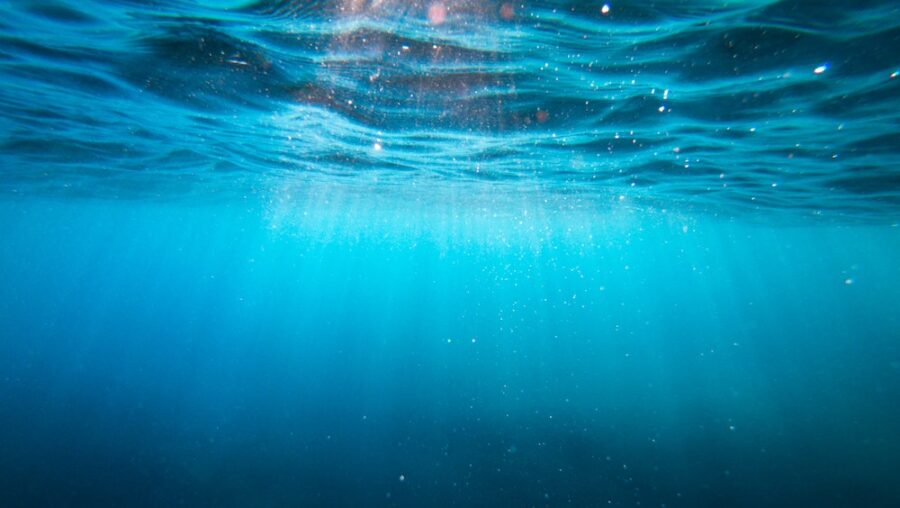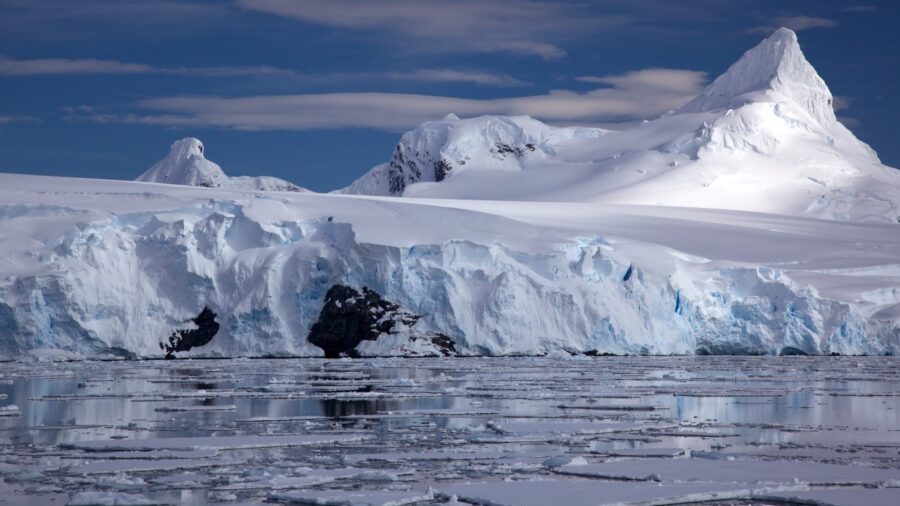Major Ocean Current About To Collapse, Here’s The Danger

A recent study has confirmed that the Atlantic Meridional Overturning Circulation (AMOC), a crucial component of Earth’s ocean current, is heading toward a collapse. This will have catastrophic consequences for the planet as the implications extend beyond environmental concerns, impacting societies and economies worldwide.
An Ocean Current Collapse Will Change All Life On Earth

Research into the ocean current collapse, led by Utrecht University oceanographer René van Westen, sheds light on a potential early warning system. By closely monitoring the salinity transport at the southern boundary of the Atlantic Ocean, the team believes they have identified a physics-based, observable signal that could serve as a precursor to the disaster.
Warm Water Moves North And Cold Water Moves South

The finding could provide a crucial window of opportunity for societies to prepare for the far-reaching effects of the ocean current collapse. The AMOC is often described as a “conveyor belt” because it involves the movement of warm salty surface waters northward and the return flow of colder, denser deep waters southward.
Ocean Currents Impact The Weather

The process begins with the North Atlantic Current, which carries warm waters northward along the eastern coast of North America and towards the North Atlantic. As these warm waters move north, they release heat to the atmosphere, influencing the climate of the surrounding regions. Upon reaching the high latitudes near Greenland and Iceland, the warm surface waters cool and become denser.
Ocean Currents Have Been Slowing For Decades

This causes them to sink and form North Atlantic Deep Water (NADW). The NADW then flows southward along the ocean floor, completing the overturning circulation. The AMOC is a critical component of the global thermohaline circulation, which involves the movement of ocean waters driven by differences in temperature and salinity. But since the mid-1900s, the system has slowed, leading to an ocean current collapse.
Melting Glaciers Reduce Salt Concentration

The introduction of freshwater from melting glaciers and increased precipitation has led to a decline in salt concentrations in seawater, rendering it less dense. This disruption in the sinking process weakens the entire physical cycle of the AMOC. Van Westen states that once a certain threshold is reached, the ocean current will likely collapse within one to four decades.
New Research Indicates A Collapse May Occur Soon

Although direct monitoring of the AMOC only began in 2004, researchers have used indirect indicators such as salinity levels to infer the system’s trajectory. The modeling suggests that the ocean current is more sensitive to changes than previously accounted for in climate models, and the collapse may be closer than anticipated.
Collapses Occur On A Million-Year Cycle

The AMOC plays a vital role in regulating Earth‘s climate system. Its collapse has cyclical occurrences over a million-year scale. Historical evidence indicates that it leads to a southward extension of the Arctic, a drastic drop in temperatures in northwestern Europe, disruptions to tropical monsoons, and increased warming in the Southern Hemisphere.
Chain Reaction Collapse Could Destabilize Ecosystems

The impending ocean current collapse is not just an environmental concern. It poses a direct threat to entire ecosystems and global food security. The chain reaction triggered by the collapse could have severe consequences on weather patterns, agricultural productivity, and the overall stability of ecosystems around the world.
The urgency of the situation cannot be overstated. Experts warn that ignoring the potential ocean current collapse would be to humanity’s detriment.












